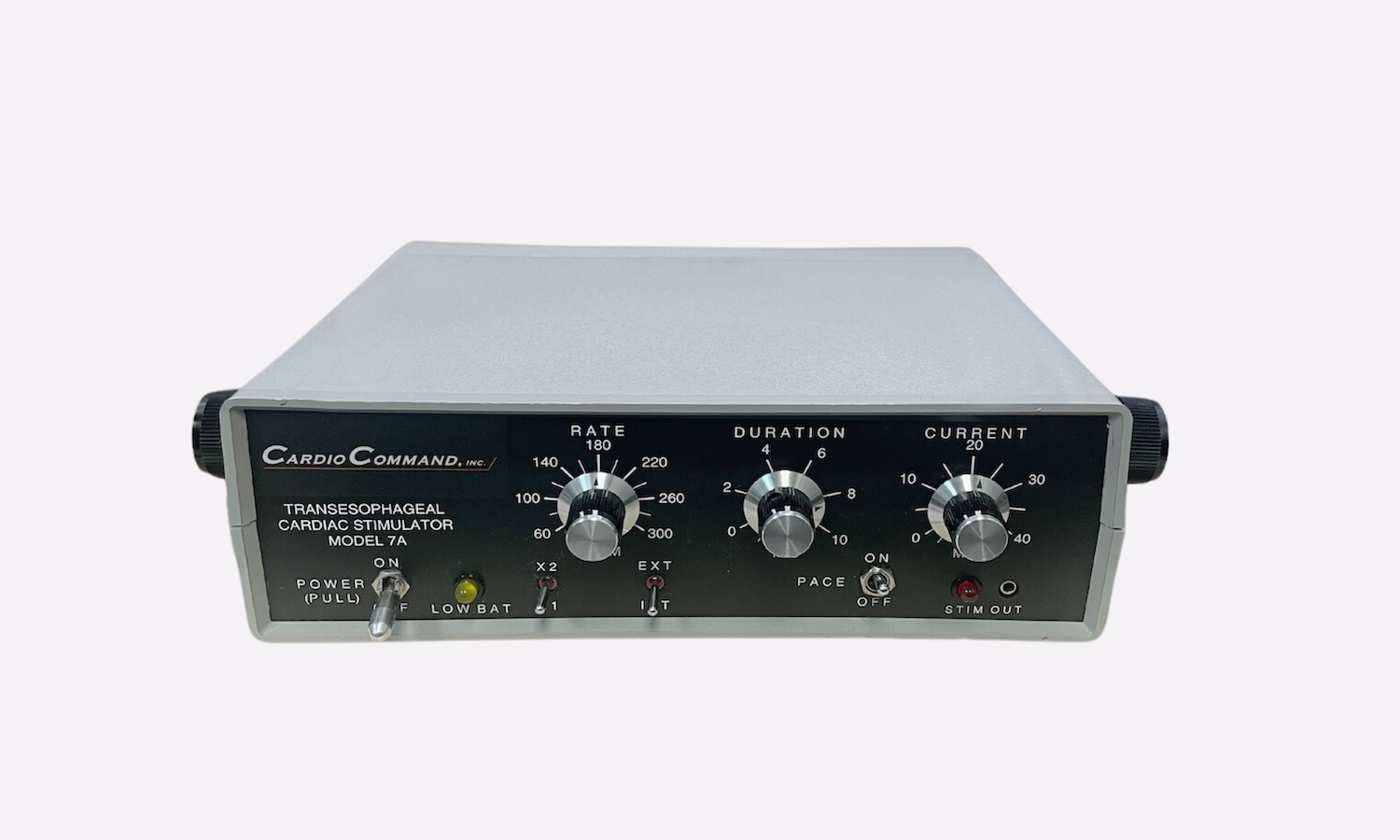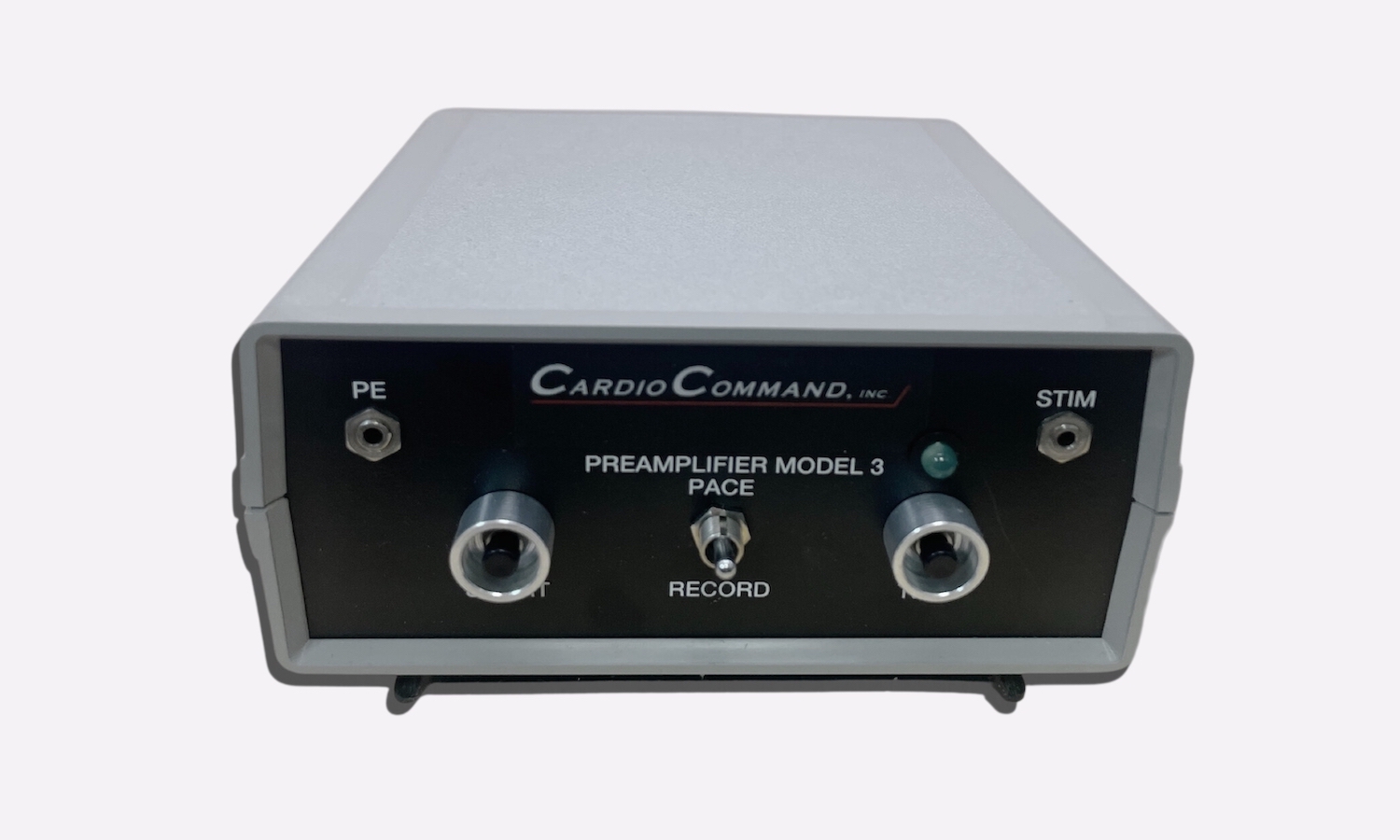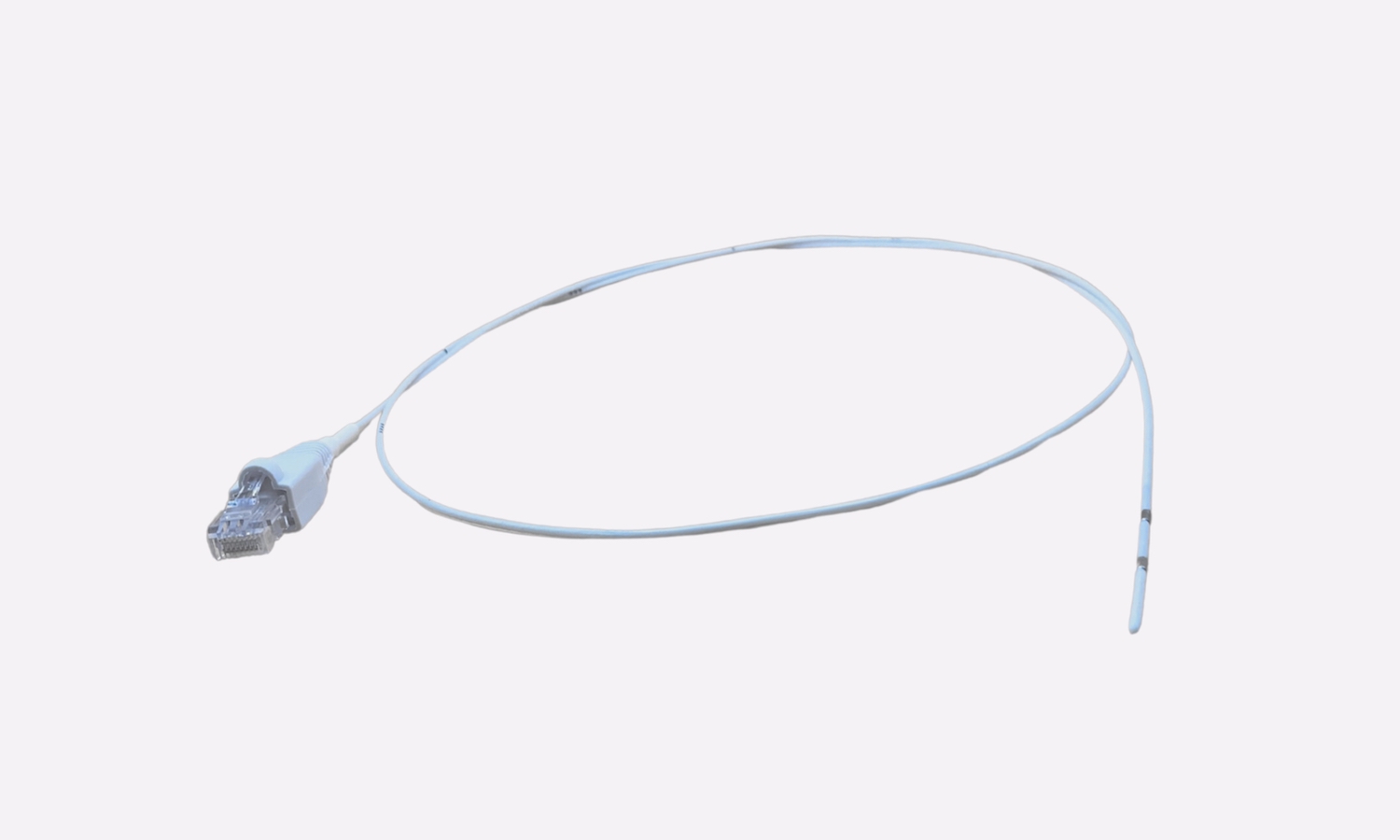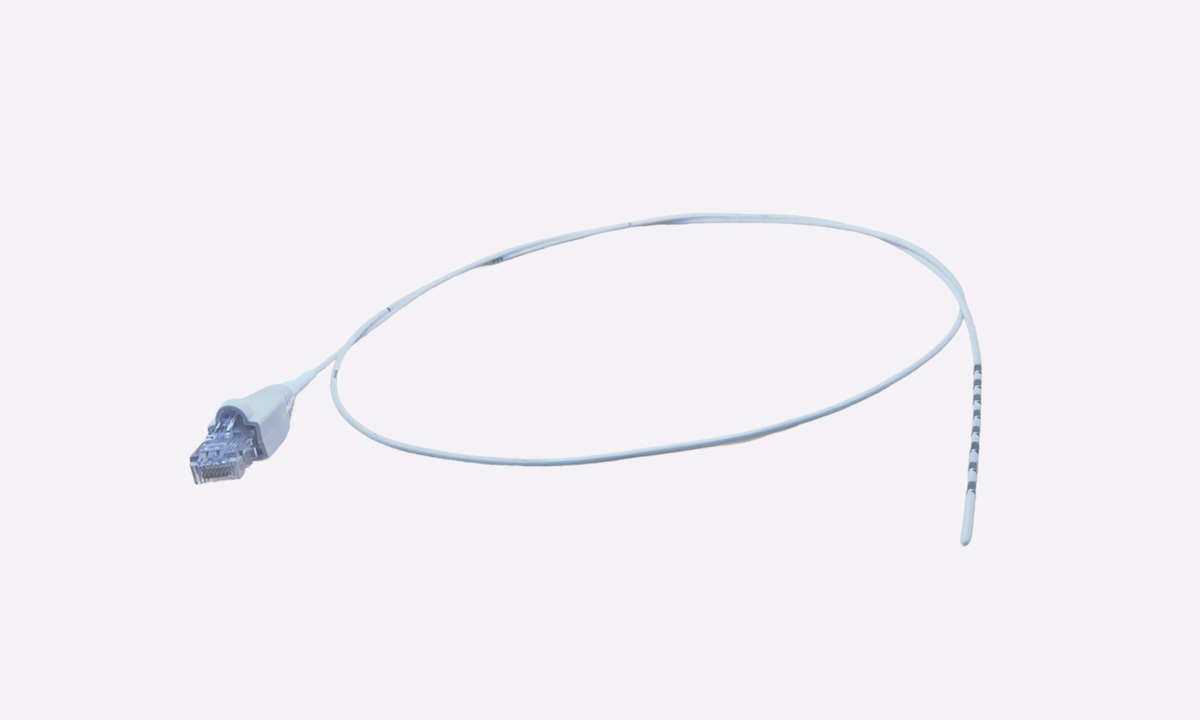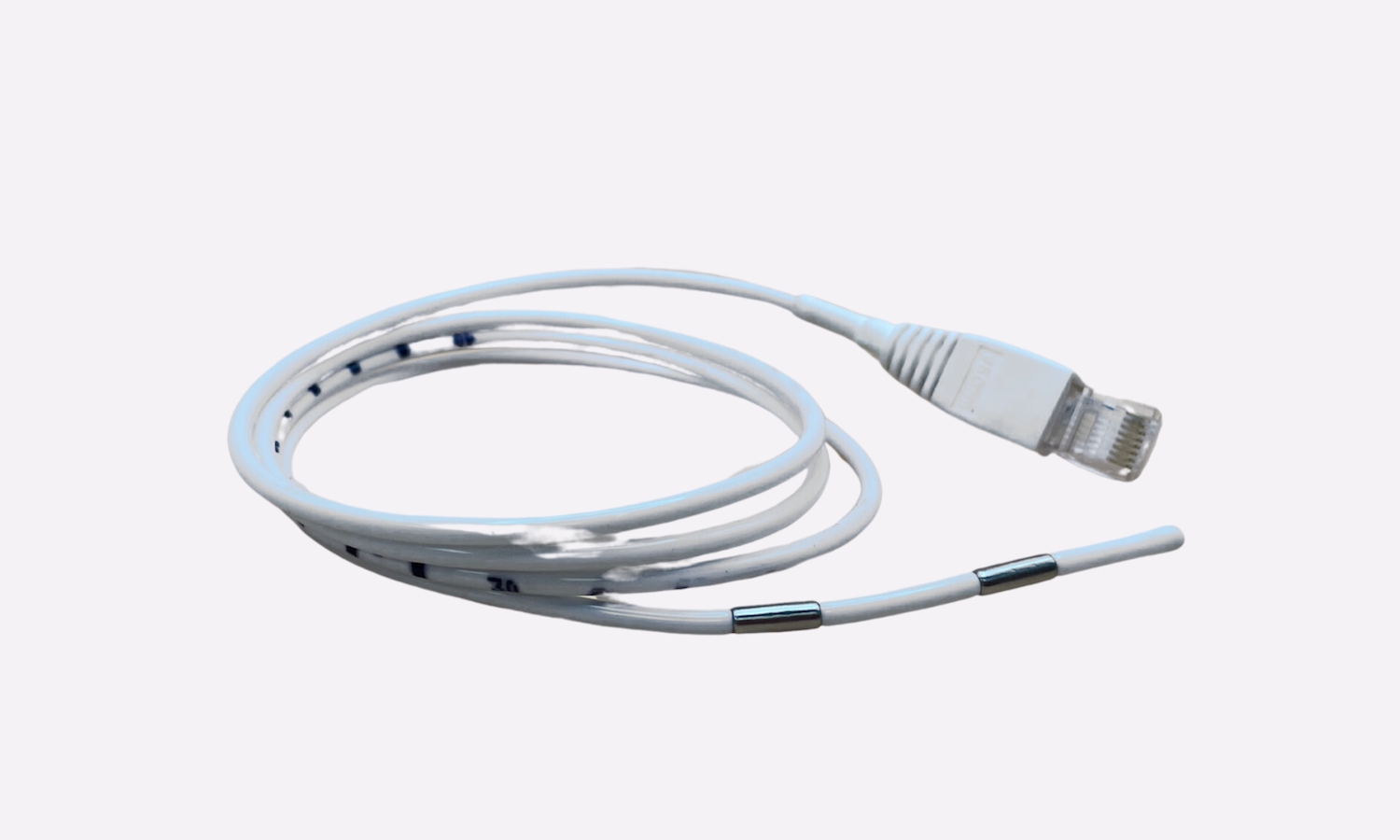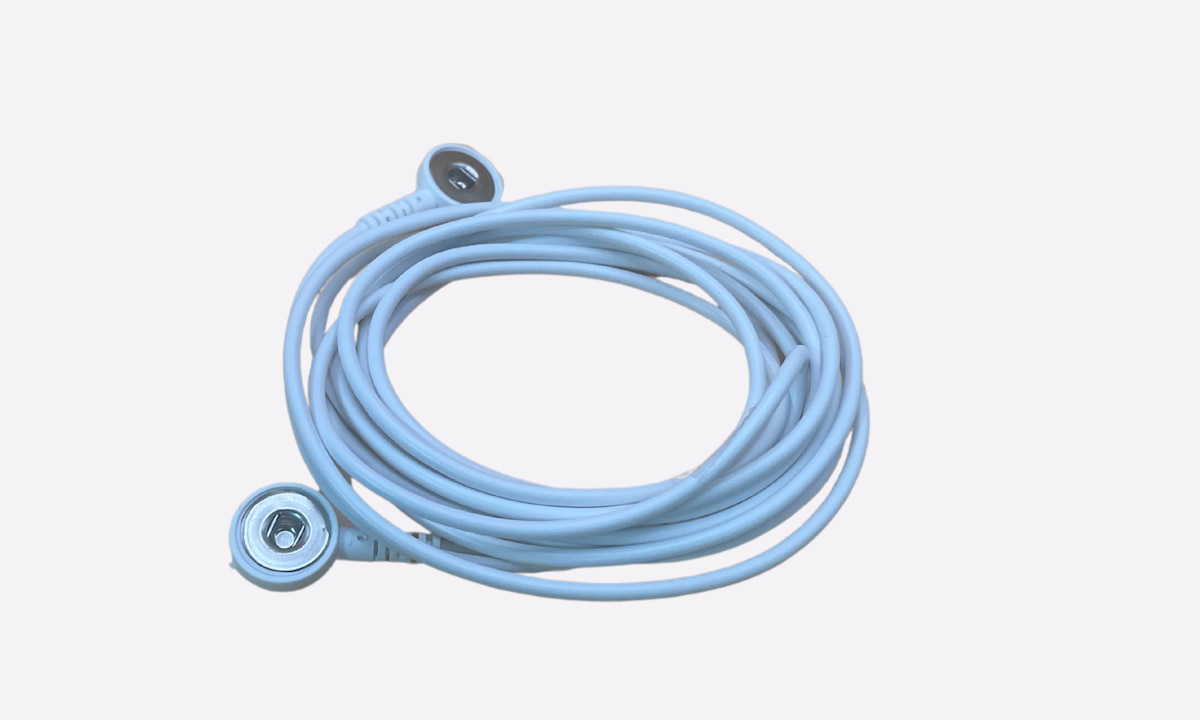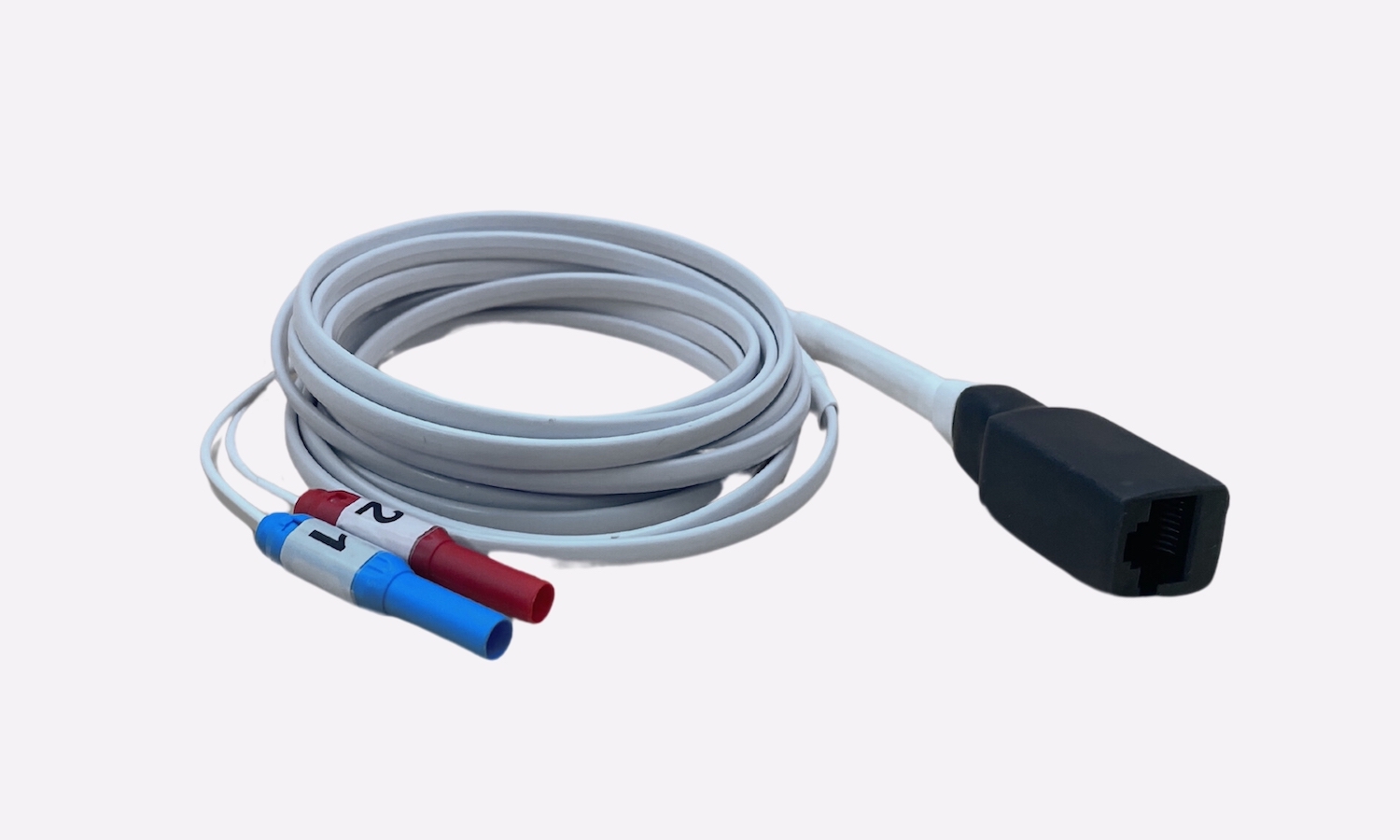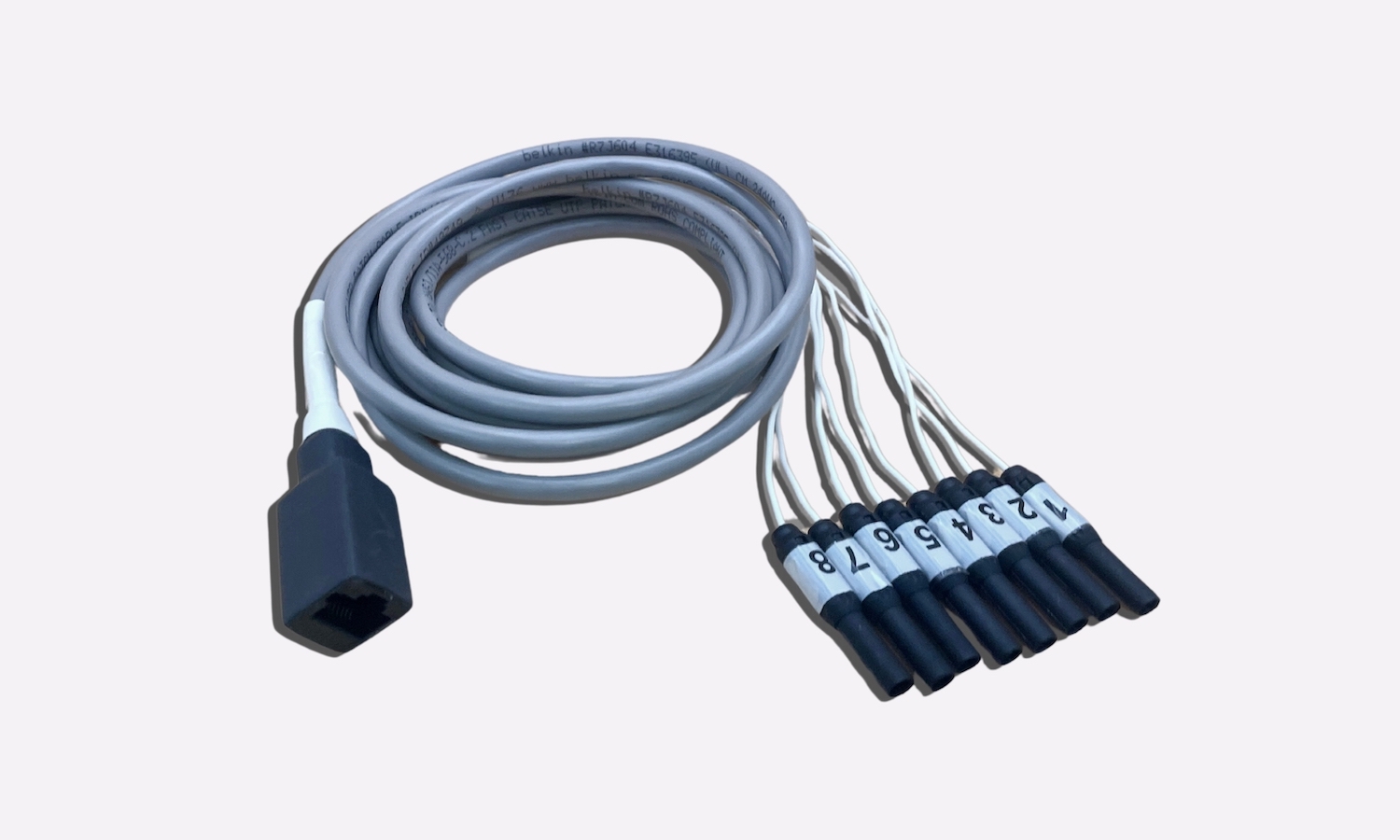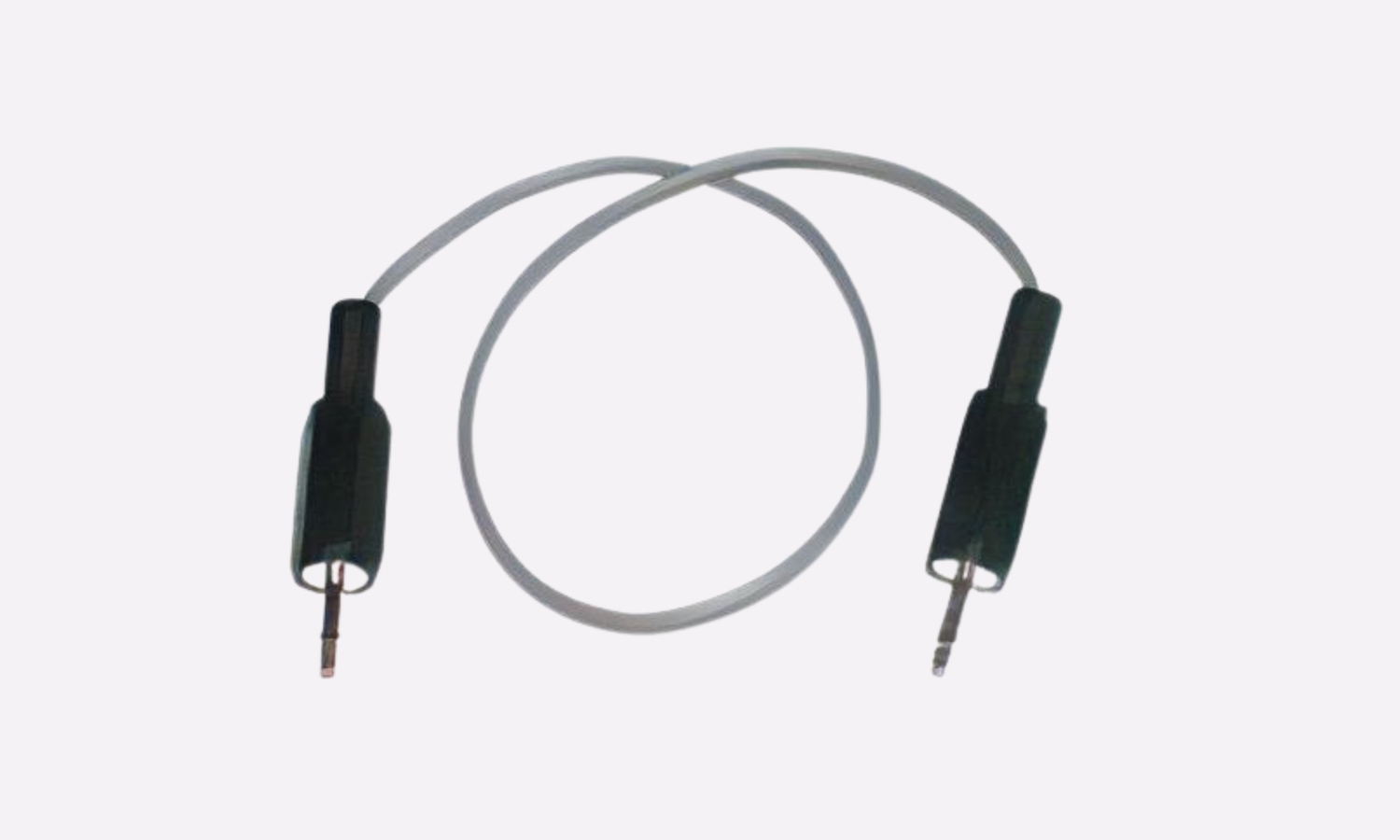Cardiology
Esophageal Catheters
Electrophysiology (EP) Market
In this market, the Company's products, specifically the TAPCATH 205 and TAPSCOPE 210/210s catheters, address the noninvasive assessment of and treatment of cardiac arrhythmias, in particular the diseases of atrial fibrillation, atrial flutter, and other supraventricular tachyarrhythmias (SVT). There are an estimated 2-3 million people who suffer from these atrial rhythm diseases, and 300,000 new cases each year. These conditions are expected to grow as the population ages, since the diseases increase with age.
Stress Test Market
In the USA, approximately 6 million patients undergo a cardiac stress test each year, and this number is expected to increase significantly with the aging population. Stress tests are conducted either by exercising the patient or through non-exercise stress methods, primarily drugs.
TAPSTRESS is a direct competitor with the non-exercise tests done with heart rate accelerating drugs;
TAPSTRESS accelerates the heart rate to the desired level by applying a small electrical stimulus to the left atrium through the esophagus.
TAPSTRESS is also a potential substitute for traditional exercise ECG or exercise echo stress tests, because it is faster and supports continuous and clearer heart images, which provide for better diagnosis.
In addition to catheters, the Company sells the following equipment:
The Model 7A Stimulator
Designed specifically for transesophageal pacing. It sets up quickly and has easily adjusted dedicated controls. The user can regulate pacing intensity, pulse width and frequency for achieving capture of the patient's atrial activity and increasing heart rate as required. Indicated uses include: pacing-induced stress for diagnosis of ischemic heart disease; pacing stress during echocardiography and nuclear studies; stress testing of patients unable or unwilling to exercise; temporary acceleration of heart rate to overcome bradycardia in anesthetized patients.
The Model 3 Preamplifier
The electronic link that connects a CardioCommand, Inc. disposable esophageal catheter and a standard ECG monitor. It eliminates noise artifacts due to respiration, swallowing and peristalsis, allowing noise-free esophageal recordings and accurate electrode positioning prior to cardiac pacing. It permits simultaneous recordings of esophageal ECG and surface Lead II making it possible for analysis of atrial activity. As a pacing interconnect device, the Model 3 transmits pacing pulses from the Model 7A Stimulator to the disposable esophageal catheter, either the TAPCATH 205 or the TAPSCOPE™ 210.
Clinical Indications
CardioCommand, Inc. is the only US company whose products are designed exclusively for monitoring temperature and cardiac activity within the esophagus.
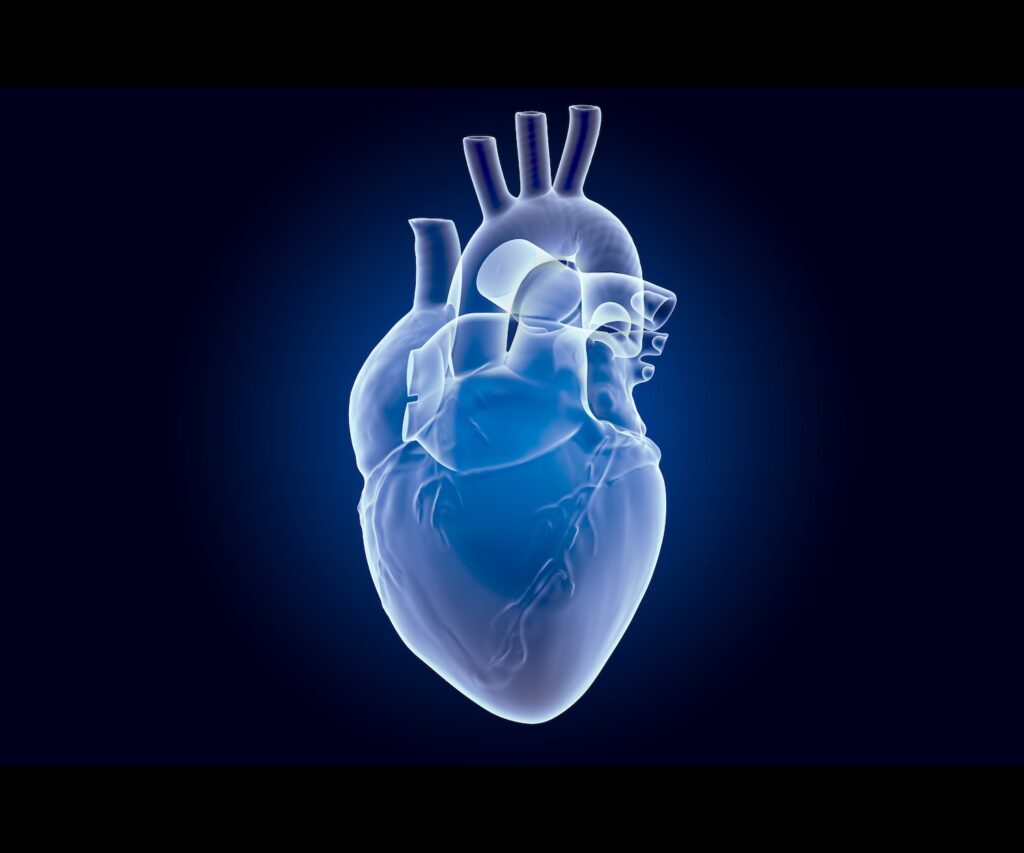
The esophagus is important to the safe and effective performance of many procedures in adult and pediatric electrophysiology. CardioCommand, Inc. is the only US company whose products are designed exclusively for monitoring temperature and cardiac activity within the esophagus.
The esophagus has long been recognized as a useful “non-invasive window to the heart” ever since Cremer first measured ECG in the esophagus of a sword swallower in 1906. Since that time, the esophagus has been used for many monitoring and therapeutic procedures, including diagnosis of arrhythmias, diagnostic and therapeutic cardiac pacing, cardioversion and defribillation and esophageal temperature monitoring.
The close proximity of the esophagus and the left atrium (LA) allows electrodes in the esophagus a close-up electrical and thermal view of the posterior wall of the LA. Consequently, esophageal catheters have been used as a substitute for cadiac catheters in many ways, including Holter monitoring of the LA and as an adjunct to intro-arterial catheters for localization of AL trigger locations in the EP Lab.
Ablation for AF has become a procedure that’s often curative, but the heat generated in the LA can heat the esophagus, sometimes to dangerous levels. Thus, both the anatomic position and the temperature of the esophagus are important parameters which can be assessed using CardioCommand’s catheters during such procedures. The electrodes on our esophageal catheters allow recording of electrical activity and permit fluoroscopic and/or electro-anatomical mapping of the esophagus position with respect to the LA. Similarly, the thermistor catheters allow continuous assessment of esophageal lumen temperatures. Customers have told us this is very useful, providing important information that would not be available without an esophageal catheter. Due to the comfort of our catheters, these benefits are available both in sedated and anesthesized patients.

